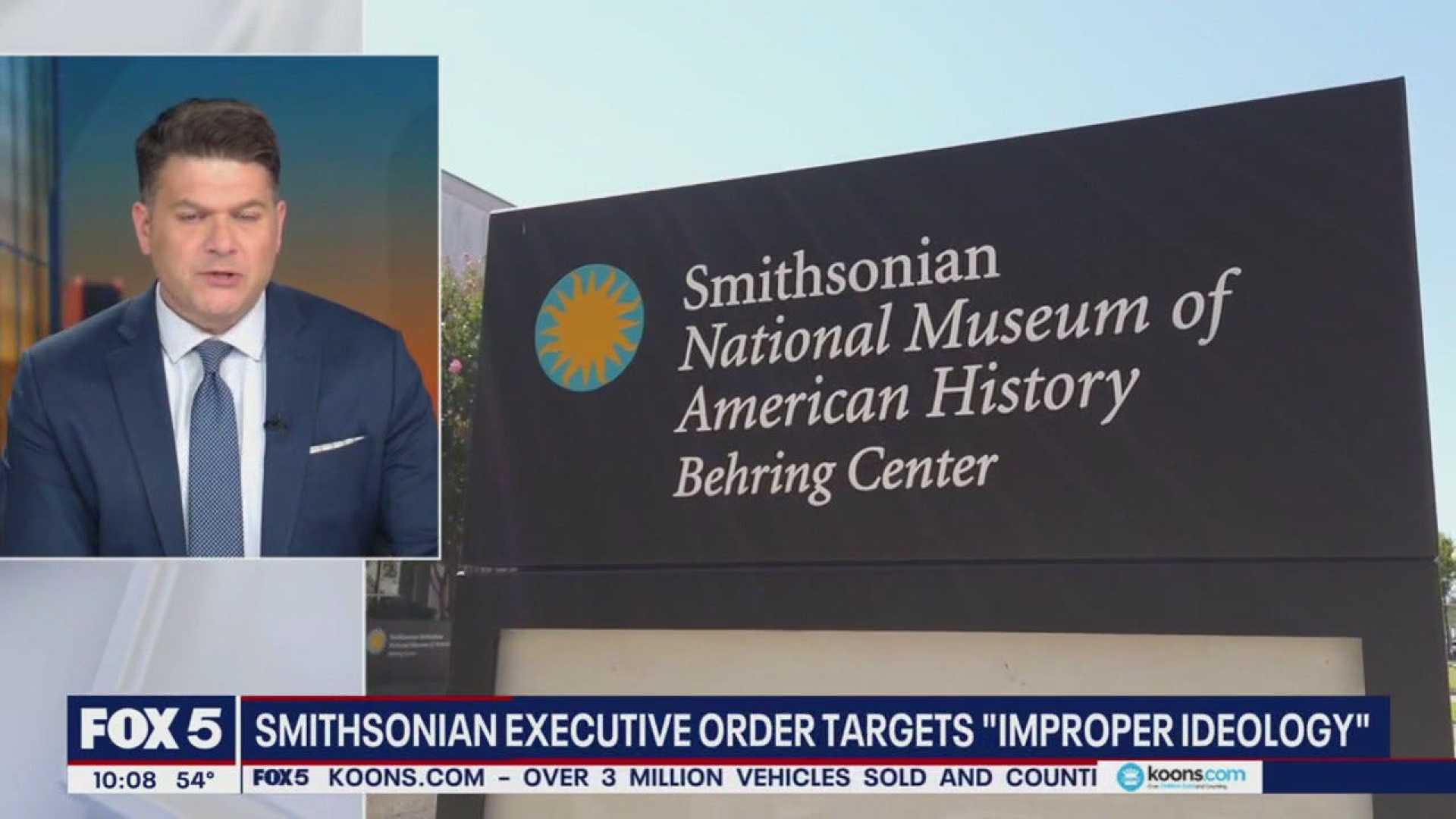Politics
Trump’s Executive Order Targets Smithsonian Museum Narratives

WASHINGTON, D.C. — President Donald Trump signed an executive order on March 27, 2025, aimed at removing what he termed “divisive race-centered ideology” from Smithsonian museums and other cultural entities. The order, titled “Restoring Truth and Sanity to American History,” is a response to what the administration describes as a growing trend of historical revisionism that misrepresents America’s past.
The executive order declares that, for the past decade, there has been a concerted effort to rewrite U.S. history, replacing objective facts with a narrative driven by ideology. The order aims to refocus museums at the Smithsonian and other federal sites on promoting shared American values and achievements.
“Museums in our nation’s capital should be places where individuals go to learn — not to be subjected to ideological indoctrination,” said Trump, referencing the shift in museum narratives that he argues posit American values as harmful. The executive order outlines several areas for reform, including restricting funding for exhibits that “degrade shared American values” and establishing new appointments to the Smithsonian Board of Regents aimed at aligning with the order’s policy.
As part of the initiative, Vice President Vance will collaborate with other officials to ensure future appropriations to the Smithsonian prohibit spending on programs or exhibits that do not align with federal guidelines. The order also mandates a review of the Department of the Interior’s monuments and memorials, calling for reinstatement where historical narratives have been altered.
The Smithsonian has faced criticism following recent exhibitions that challenge traditional narratives about race and power. For instance, the Smithsonian American Art Museum’s exhibit titled “The Shape of Power” discusses race in the context of American sculpture, asserting that race is a social construct rather than a biological reality.
Professors and cultural leaders have expressed concern over the potential implications of the executive order. Georgetown University history professor Chandra Manning commented that it reflects a misguided fear that Americans cannot handle the complexities of their history. “The exhibits at the Smithsonian sometimes challenge us to face the contradictions between our highest ideals and actual events,” said Carol Quillen, president of the National Trust for Historic Preservation.
In addition to addressing educational content, the order requires that the Secretary of the Interior allocate funding to improve the infrastructure of Independence National Historical Park by July 4, 2026, in time for the 250th anniversary of the Declaration of Independence.












